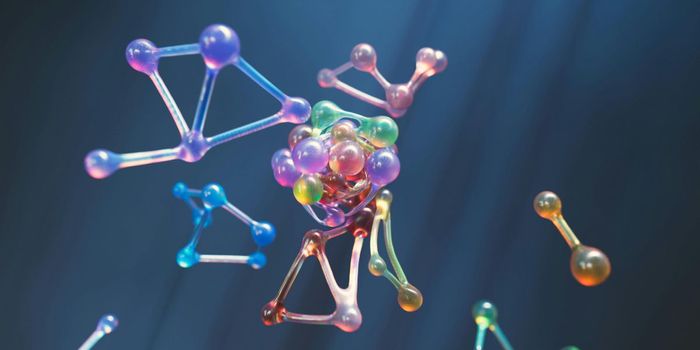When Fandom Goes Bad: New Model for Exploring the Neuroscience of Fanaticism
Fanaticism towards a cause, leader, or ideology can sometimes lead communities towards intolerance, aggression, and violence. To explore this darker social phenomenon, a group of Chilean researchers delved into the brains of zealous soccer/football players, presenting their findings at the annual meeting of the Radiological Society of North America.
The study enlisted 43 male Chilean football supporters as volunteers. A unique questionnaire, the Football Supporters' Fanatism Scale (FSFS), determined how dedicated each volunteer is to rival teams Colo-Colo and the Universidada de Chile. Then, the fans watched compilation videos of football matches brimming with goals while being scanned inside an fMRI machine.
As the ball hit the back of the net, the researchers closely scrutinized the volunteers' brain activity. Lo and behold, volunteers' brain activity exhibited notable disparities when goals were scored by their favorite team versus the opposing team.
Winning scenarios ignited the dopaminergic circuits linked to pleasurable sensations, encompassing the ventral striatum, caudate, and lentiform nucleus.
However, a complex cascade of brain responses ensued when faced with losing scenarios. As rival teams triumphed, brain areas responsible for socio-emotional processing sprang into action. Mentalizing is the intricate process of comprehending one's and others' intentions, thoughts, and feelings. The mentalizing network engages specific brain areas and is associated with displays of generosity towards others. The researchers postulated that activating the mentalizing network was a mitigating force against the pain of an athletic loss.
Intriguingly, viewing a losing scenario also triggered the deactivation of the dorsal anterior cingulate cortex (dACC), a hub for high-level mental processing and behavioral control. This region forms crucial connections with the prefrontal cortex and amygdala and is dysregulated in psychiatric conditions like depression and obsessive-compulsive disorder.
The study's authors warned that a disconnection between the prefrontal cortex and the amygdala, as observed in losing scenarios, could pave the way for poor decision-making and, potentially, disruptive or violent behavior. The correlation between mentalizing network activity, dACC, and FSFS scores revealed a fascinating interplay—the more intense the fandom (lower FSFS score), the greater the mentalizing network activity, and the lower the dACC activation.
While political differences might be contentious terrain, exploring the emotional rollercoaster of fandom emerges as a new and nuanced way to study the intricacies of impaired rationality and its potential consequences.
Sources: MBT TBM, Science Direct, RSNA









